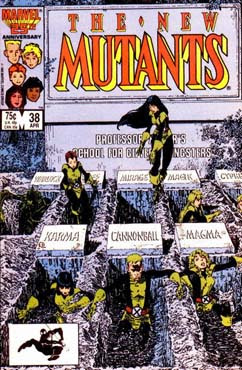 Martinex1: It's the time of year for frightening thrills and morbid chills! Happy Halloween BABsters!
Martinex1: It's the time of year for frightening thrills and morbid chills! Happy Halloween BABsters!This round of our $1 Challenge focuses on the rather common cover theme of heroes in the cemetery. Considering that super-heroes never stay dead, they sure spend a lot of time at the grave sites. For the Batman and Daredevil, it may seem like a more natural locale, while other covers may be more surprising. Needless to say, both DC and Marvel seem to favor the setting.
So it is time to pay the ferryman - four quarters for four comics and safe passage. Are these offerings tricks or treats? Which do you think are the best? Did you read any of the stories and did they live up to the dramatic covers? Make your selections, share your choices and your greatest fears!
































































































